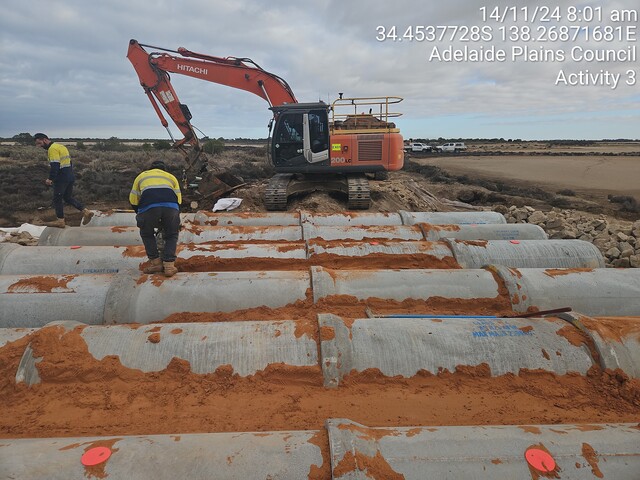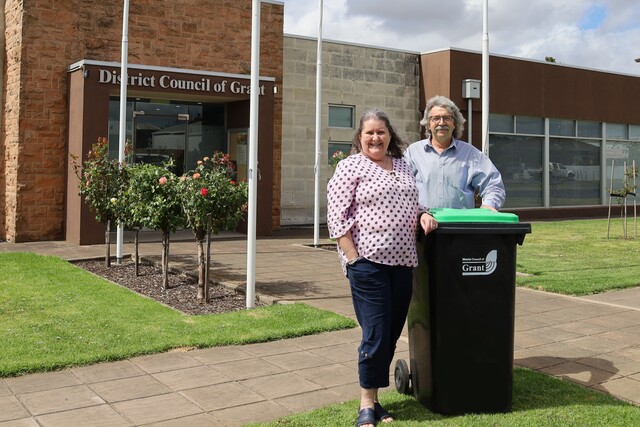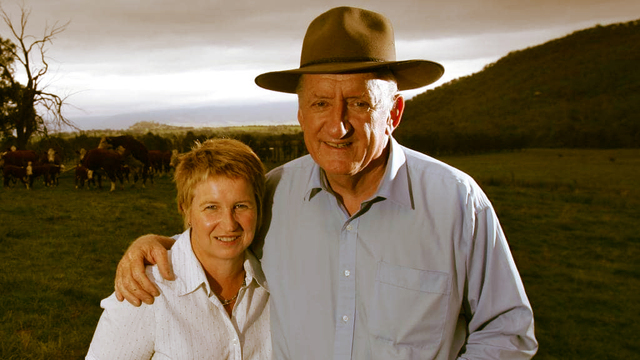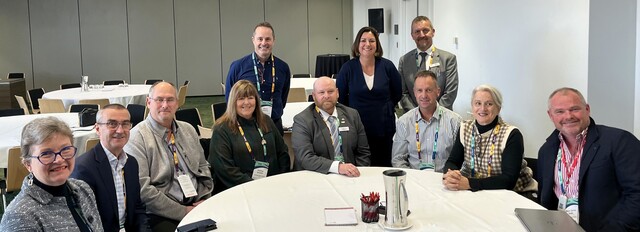The Good Oil by Rod Brown *
I worry about whether our powerbrokers – industry, unions, all levels of government – really appreciate the importance of a ‘productive culture’. It is a complex area, and everyone has his or her own view.
The whole issue of building wealth – that is, wealth underpinned by tradeable production – came into clear focus during interviews we recently held with over 100 food companies. The food industry is particularly interesting for three reasons.
- It encompasses the primary, manufacturing and service industries.
- It is the staple of many regional areas.
- Its growth hinges on the marrying of product/ process technology with marketing.
The interviews focused on growers, processors and support organisations around Virginia, the Barossa, the Adelaide Hills and the Riverland and resulted in 24 Action Agendas for stakeholder consideration. They formed the basis of the ‘Food for Thought’ report released at Playford City Council’s Manufacturing Prosperity Conference in Adelaide on 10 July.
A journalist friend suggested that what goes on in South Australia probably doesn’t translate to the rest of Australia, but I beg to differ, hence this article. Some of the key findings are explained below.
Economic infrastructure A key issue is getting the infrastructure right so as to deliver the economic benefits that these regions are capable of delivering, for example, the Riverland and Virginia generate upwards of 70 percent of SA’s agrifood production and further expansion of winegrapes and vegetables is underway.
However, weaknesses in road, bridge and electricity infrastructure are already apparent, and upgrades of water treatment facilities, water pipelines and on farm irrigation infrastructure and equipment works will become increasingly important over the next decade.
There is also a likely role for new freight nodes.
Not all of this infrastructure can be provided by the private sector. One of the impediments to the efficient roll out of public infrastructure is the lack of integrated decision making in infrastructure expenditure across the three levels of government.
While the inefficiencies involved are very difficult to quantify, a ‘whole of government’ planning and decision making mechanism must happen and the Western Australia experience is noteworthy. As a first step towards this, six local Councils in SA have commenced the prioritisation of their road infrastructure expenditure.
Industry development – via encouraging first movers
The food industry in regional South Australia is characterised by some significant grower cooperatives at one end of the scale, and thousands of smaller, mostly family based businesses at the other end.
The challenge is to get more firms into the middle of the spectrum. The answer lies in nurturing those small-medium enterprises (SMEs) that aspire to be first movers, and vehicles for this are collaborative networks whereby SMEs can share risks and investigate joint ventures. A good example is the formation of Produce Direct Australia Pty Ltd, a joint venture to develop export markets between three of Virginia’s major growers, Comit Farm Producers, L & M G Mercorella and Freshway Farms.
They propose using a common brand to identify the product as Australian and being of consistent quality. They will continue to work independently within their own domestic markets. Wider alliances that include accumulators, supermarkets and wine companies that have distribution channels into export markets are also being discussed by industry stakeholders.
Some of the first movers can also be mid sized multinationals, either home grown or foreign. However, they need not be on the scale of Nestle or Heinz.
The need is to determine what types of companies might ‘round out’ the industry structure in a particular region, and identify the conditions required to attract them. This does not mean throwing money at companies to migrate from another State.
A ‘Community Kitchen’ in the Barossa was also suggested. The co location of SMEs under the one roof is expected to provide synergies and link well with regional branding and product consignment.
Industry development – international links
Supply chains are critical as food companies in the regions push out into export markets. This must be underpinned by alliances at various points of the supply chain such as research, investment and marketing. However, consistent interaction with international players is not happening at present.
The strengthening of links to overseas companies, research and industry bodies will enable value adding and marketing opportunities to be better known, and it will also keep the locally based wholesalers and retailers on their toes.
Innovation
R&D in the sector is historically low, and deficiencies exist in training and in the business skills of SMEs. The awareness of government programs is virtually non existent.
The obvious answer is for research agencies and funding providers to lift their profile, as the interviewees often spoke about the lack of on ground facilitators to help them understand the program support available. This can be a cop out of course, but further investigation is required.
The linking of the research requirements to new market opportunities is important, this in turn calls for access to timely market information. We suggested that Food Science Australia, as the preeminent agency, could be a party to some of networks and alliances.
Regional branding
Regional branding is arguably a huge opportunity to assist regional food producers to move into new markets. It links with other initiatives to lift the marketing and internationalisation of the food industry.
The origin of food, region, state or country, is now having a significant impact on buying decisions. Regional branding is gaining momentum worldwide as a response to globalisation, the search for product differentiation and rising levels of consumer sophistication. Consumers want to make informed choices.
The cynics argue that the Australia brand must be the number one identifying feature for our exports. State and regional dimensions confuse consumers, and definitional and legal problems would ensue. However, the latest thinking is that ‘place’ is important once consumers know your region/product, as does building mystique about the product.
One of the exciting initiatives underway is the building of a Barossa food brand, with an accreditation system to back it up.
Coordinating action
The study rated the four regions against the Porter diamond of regional competitiveness. It shows that while all four regions have particular strengths in food, there are drawbacks that cannot be addressed without full stakeholder engagement.
Playford, Salisbury, Light and Barossa Councils, in cooperation with the regional development boards and private sector champions, are attempting to do this.
If Commonwealth and State programs can be better aligned with localised initiatives, Australia may yet achieve the productive culture required for export success in value adding industries.
* Rod Brown’s Canberra based consultancy group, Australian Project Developments Pty Ltd, specialises in industry/regional development and government liaison. For further information telephone (02) 6231 7261 or email apd@orac.net.au







